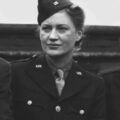Chanel-Part 2
June 28, 2015We continue the series on Chanel with Chanel-Part 2. Whilst living with Etienne Balsan, Chanel met Arthur “Boy” Capel, an Englishman, and another rich lover of women and horses. She fell in love with him. In 1909 the two men, Etienne and Boy, set her up in business with a milliner’s shop, selling the hats which Chanel was already designing for her own wear. To modern eyes, these hats look pretty dramatic, with wide brims and large plumes, but they were in fact quite austere in comparison with the frills and furbelows in pastel colours that were fashionable at that time.
Chanel-part 2
Chanel’s first shop
The shop, which was initially based in Etienne’s bachelor flat, and Chanel’s name, became more and more successful, helped in part by Emilienne d’Alencon, that “Old woman”, wearing the hats on stage and for magazine shoots, as well as other coquettes and society women of Chanel’s acquaintance. Soon she was able to move into clothing, into sweaters and accessories. Partly these again were inspired by her own style, but perhaps this style would never have taken off if it weren’t for the first world war. It meant fabric restrictions, for one, meaning humble cotton jersey was one of the only fabrics she could get hold hold of in sufficient quantity for manufacture. As well as this, it seemed inappropriate to many to wear flashy silks and jewels in such sad times, and though Chanel’s clothes were still both expertly cut and created and very expensive, they weren’t showy, and they fitted the war time mood well.
Chanel-Part 2 – Chanel and the Little Black Dress
Once war was past and fashion erupted into a joyous riot of colour, courtesy of Paul Poiret and Mariano Fortuny, Chanel saw red, or more accurately, black. She says that she created the famous Little Black Dress around 1920, saying that as she surveyed the audience at the opera “Those reds, those greens, those electric blues made me feel ill. These colours are impossible. These women, I’m bloody well going to dress them in black … I imposed black; it’s still going strong today, for black wipes out everything else around.”
(In actual fact, Chanel’s first LBD appeared in Vogue in 1926, and it wasn’t the first to appear in a magazine or on the increasingly popular silver screen. However, she did do much to popularise it.)
Chanel-Part 2,on making her fortune
Chanel’s business was at first subsidised in secret by Boy Capel, but on learning this Chanel was quite horrified. “I felt sick. I glanced at the pretty things I had bought with what I thought were my profits. So all that had been paid for by him! I began to hate this well brought up man who was paying for me.” The next day she went to her shop and announced to her head seamstress “Angele, I am not here to have fun, or to spend money like water. I am here to make a fortune.” And of course, in time, she did.
Chanel-Part 2, Chanel and Boy Capel
Chanel was, at the time, living with Capel, as she had with Balsan before. Even while pursuing affairs with other women (which she claimed to encourage), Boy promised her marriage. It never materialised, and he soon married an English noblewoman and beauty, Diana Wyndham, whilst maintaining his relationship with Chanel. When he died in a car crash in 1919, the rising couturier was heartbroken.
Coco Chanel went on to have other men in her life, and perhaps one woman too, (Misia Sert, a whole other story) but she did not marry, and was never in love as she was with Boy.



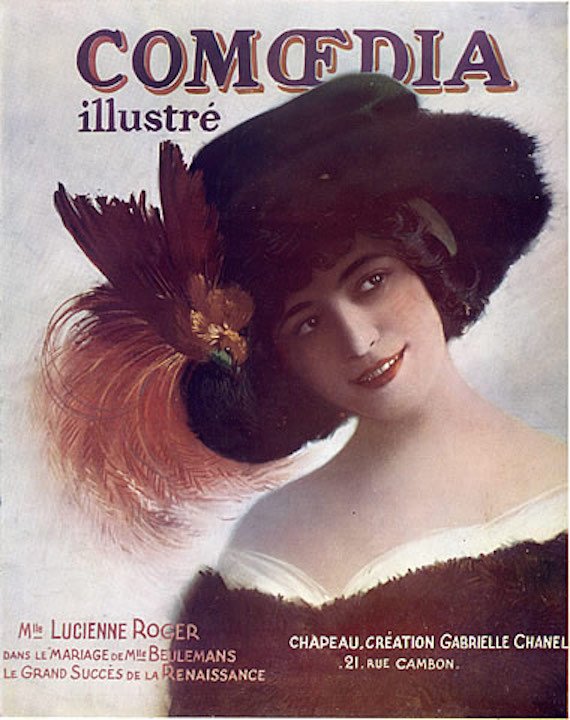

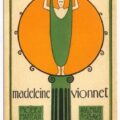

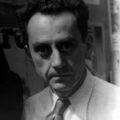

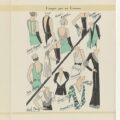
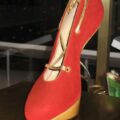
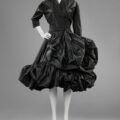
![Azzedine Alaïalogo. By alaia.fr (alaia.fr) [Public domain], via Wikimedia Commons](https://www.blue17.co.uk/wp-content/uploads/2017/11/Azzedine_Alaïa__Alaia__corporate_logo-120x120.png)

